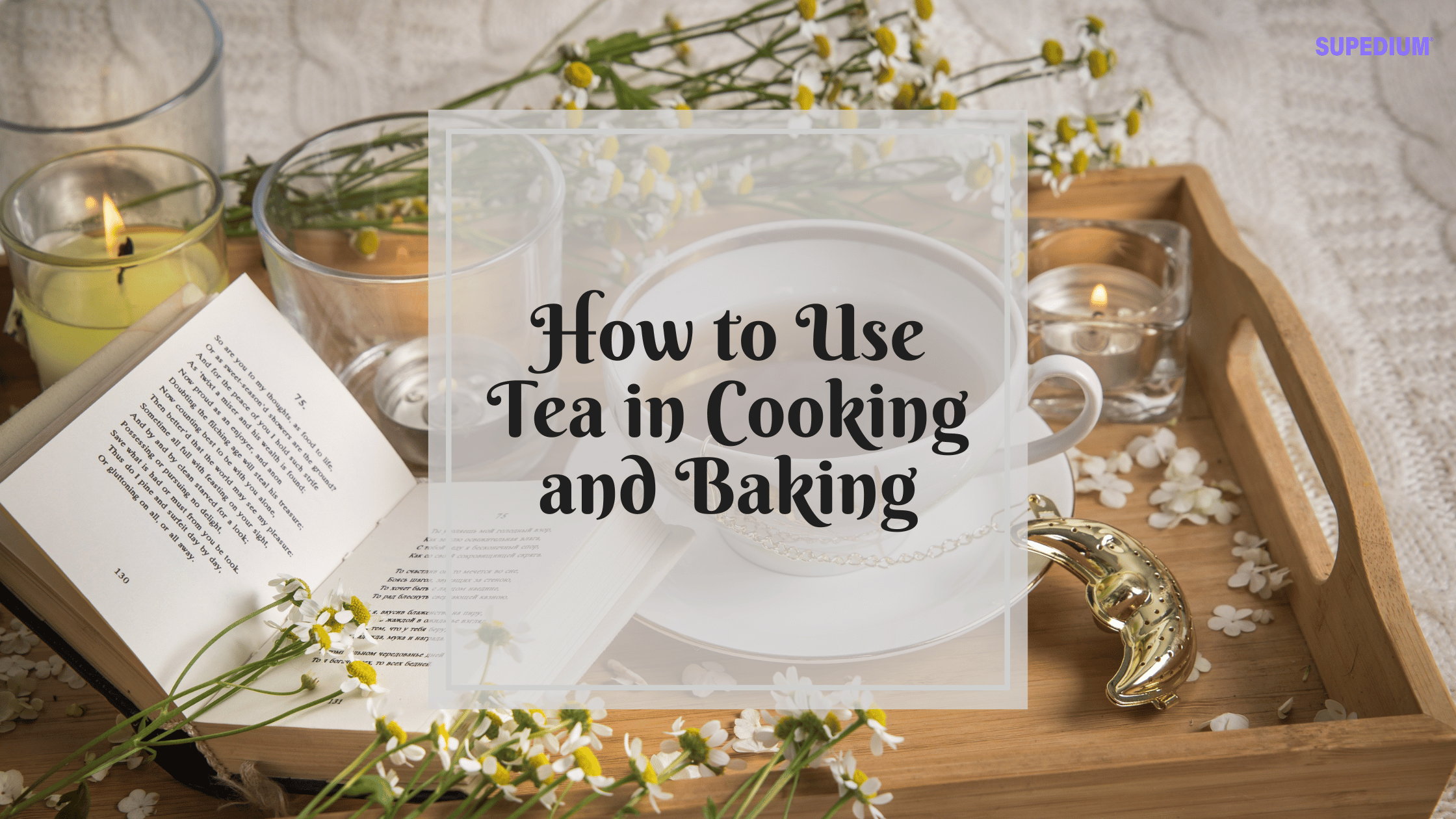Table of Contents
![]()
I. Introduction
The Trademark Nice Classification, established by the Nice Agreement, provides a systematic framework for the classification of goods and services for the registration of marks. Among its various categories, Class 26 plays a crucial role in identifying and protecting products related to dressmaking, hair adornments, and decorative items. This article aims to provide a comprehensive understanding of Class 26, its inclusions and exclusions, and its significance for businesses and creators in the fashion and accessory industries.
II. What is Class 26?
Definition and Scope
Class 26 encompasses a variety of goods primarily related to dressmakers’ articles and hair accessories. It is designed to facilitate the registration process by grouping items that serve similar purposes. The class includes both natural and synthetic hair products as well as decorative items meant to enhance various objects, ensuring a clear distinction from other classification categories.
Key Categories within Class 26
Within Class 26, products are categorized based on their specific functions, including dressmaking materials, hair decorations, and decorative embellishments.
III. Detailed Breakdown of Class 26 Items
A. Dressmakers’ Articles
This section includes essential materials used in clothing and accessory creation:
- Lace, Braid, and Embroidery: These items are vital for adding decorative elements to garments and accessories.
- Ribbons and Bows: Ribbons and bows serve both as haberdashery items and as hair decorations. They can be made from a variety of materials, expanding their functional use.
- Buttons, Hooks, Eyes, Pins, and Needles: These small but essential items are foundational to garment construction and repair.
B. Hair Decorations
Class 26 includes an extensive range of hair adornments:
- Wigs, Toupees, and False Beards: These products are significant in the beauty and entertainment industries, providing versatility in personal appearance.
- Barrettes and Hair Bands: Commonly used for styling hair, these accessories are popular in everyday fashion.
- Hair Nets and Hair Curling Articles: Items such as hair nets are essential for hair maintenance, while curling products, including electric and non-electric curlers, help achieve various hairstyles.
C. Decorative Items
In addition to functional products, Class 26 covers small decorative items:
- Charms and Small Decorative Items: These can be used for various purposes, such as personalizing accessories and enhancing everyday objects.
- Artificial Flowers: Widely used in home decor and fashion, these products add a touch of nature without the maintenance of live plants.
- Christmas Garlands and Wreaths: Including decorations that may incorporate lights, these items are particularly popular during the holiday season.
IV. Exclusions from Class 26
Items Explicitly Not Included
Understanding what is not classified under Class 26 is equally important:
- False Eyelashes (Class 3): As cosmetic products, they fall under a different classification.
- Certain Types of Hooks and Needles: Items such as small metal hardware (Class 6) or needles for specific purposes (Classes 8, 9, 10, 20, 28) are excluded.
- Yarns and Threads for Textile Use (Class 23): While related to fabric, these items are classified elsewhere.
Importance of These Exclusions in Classification
The exclusions help maintain clarity and specificity within trademark classifications, ensuring that businesses can protect their unique products effectively without overlap with unrelated goods.
V. Applications and Implications
Legal Implications for Trademark Registration in Class 26
Registering a trademark in Class 26 allows businesses to secure their brand identity associated with dressmaking and hair adornment products. This protection helps prevent unauthorized use of similar marks in the same category, which can lead to consumer confusion.
Impact on Businesses and Manufacturers
For manufacturers and designers, understanding Class 26 is essential for safeguarding their creations. Proper classification ensures that their products are protected from infringement and can effectively compete in the marketplace.
Considerations for Designers and Creators
Designers should take care to classify their products accurately. Misclassification can lead to legal challenges or difficulty in enforcing trademark rights, potentially harming brand reputation and business viability.
VI. Conclusion
Class 26 of the Trademark Nice Classification plays a significant role in protecting a wide array of dressmaking articles and hair adornments. By categorizing these products distinctly, the classification aids businesses in navigating the complexities of trademark registration. Understanding the scope of Class 26 and its exclusions is essential for stakeholders in the fashion and accessory industries, ensuring that their creations are appropriately protected and positioned in the market.
Share This





Be the first to comment